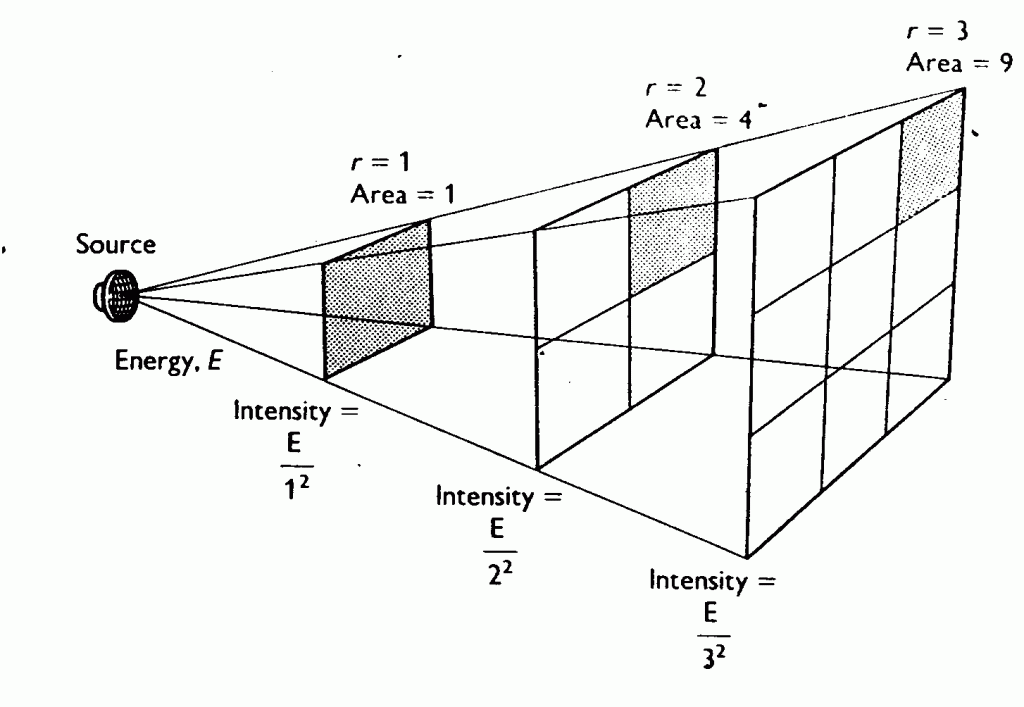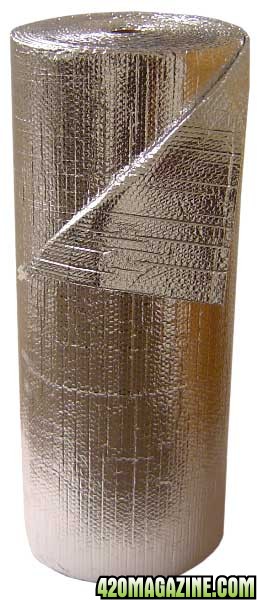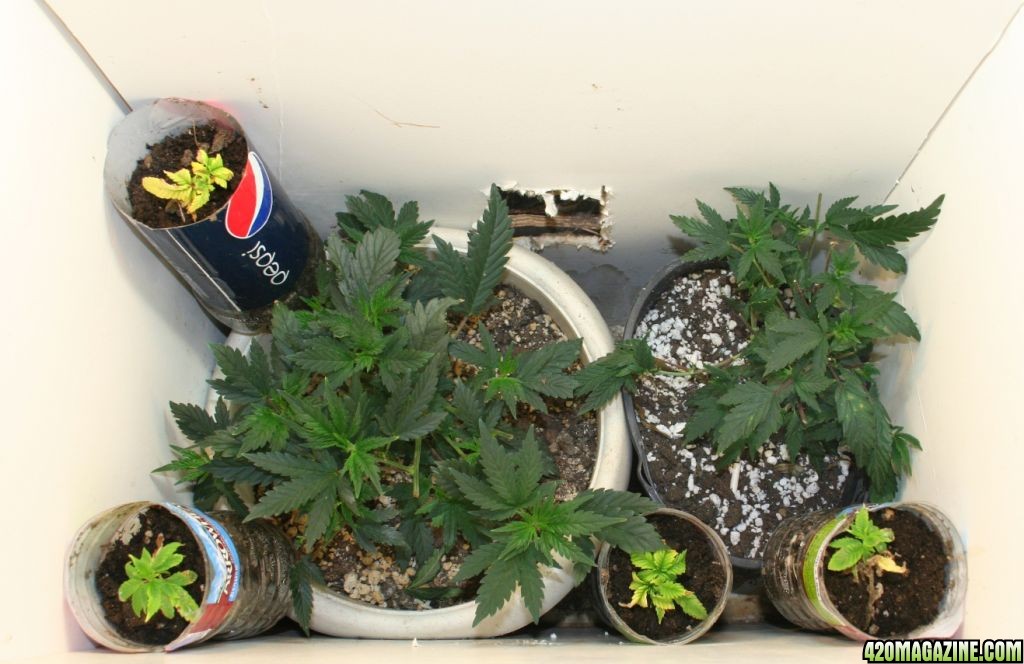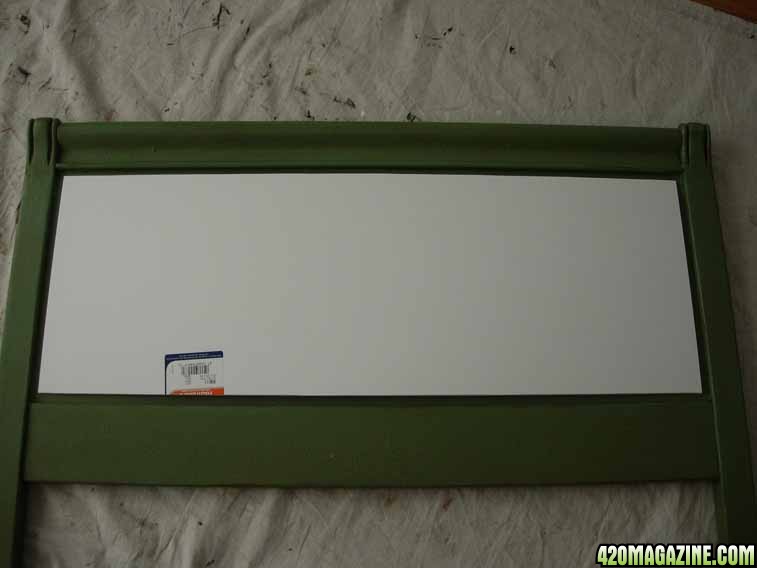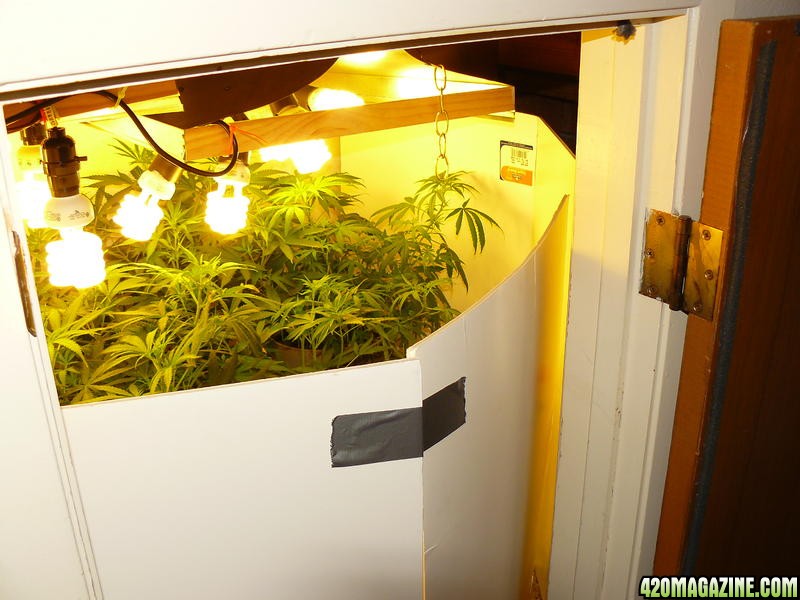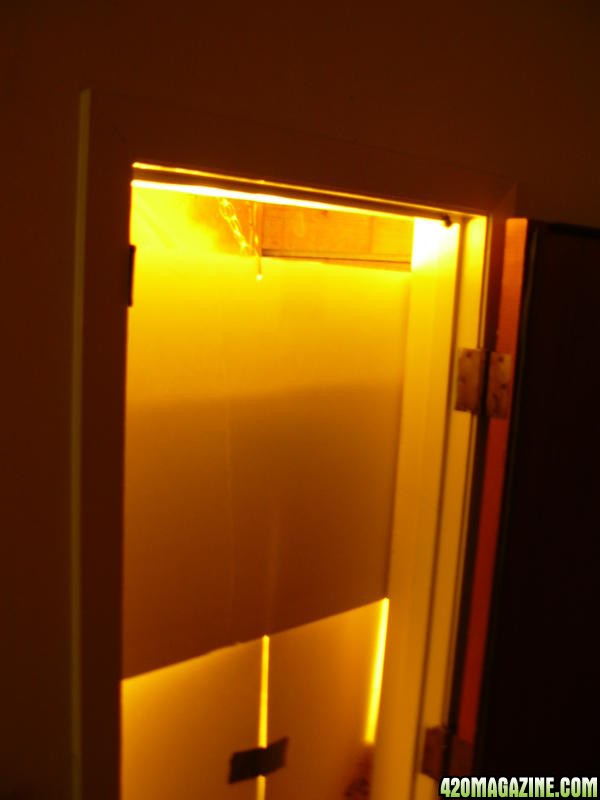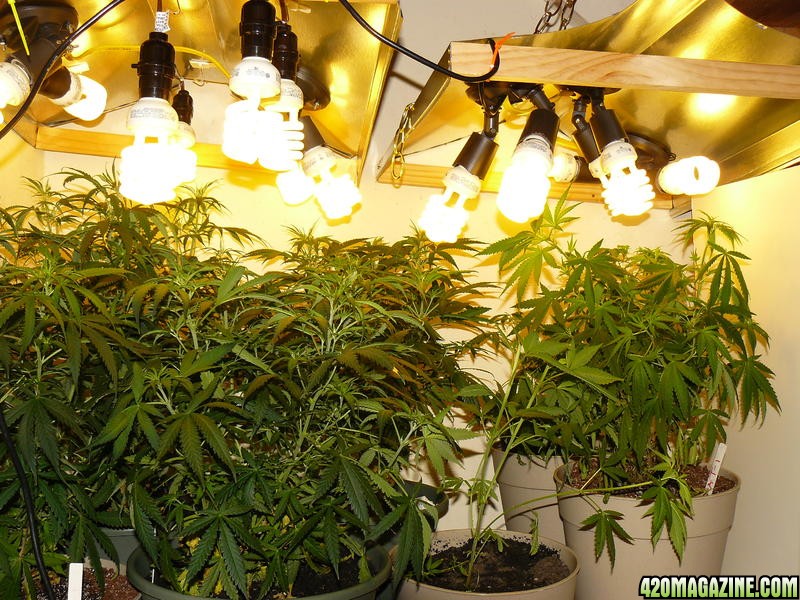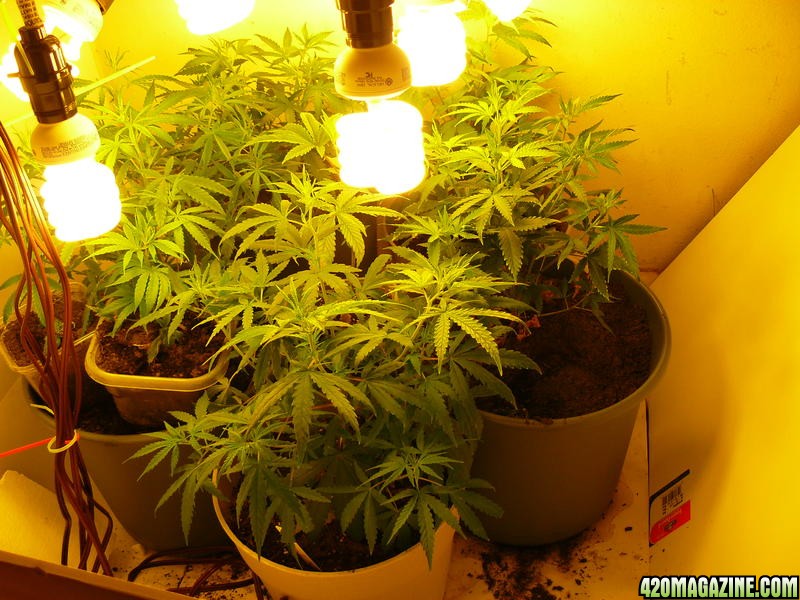G-Dog
New Member
This thread is about maximizing the efficiency of your grow room lighting.
I did not specify a lighting type for this thread as many of the same rules apply in maximizing efficiency, regardless of the lighting type. However, there are limits to what you can do. For instance, I would not use foamcore to reflect light as much in a HID grow operation as I would with CFLs, due to fire hazard.
In growing marijuana indoors we want to simulate outdoor conditions as close as possible. It is very difficult to match the available lighting intensity of the sun, but we make up for that in our control. We can control the heat, lighting intensity, humidity and feeding. We have all seen indoor bud that rivals that which was grown outdoors.
Something that is often talked about in these forums is lighting. Some folks hang a powerful High Intensity Discharge (HID) lamp and call it good. HIDs come in various compositions with a couple of the most popular being Metal Halide (MH) and High Pressure Sodium (HPS). Others may not want the unwanted heat and associated heat signature that comes with growing with HIDs and they have opted to use the less expensive, more energy efficient, and cooler Compact Fluorescent Lights (CFL). My experience with CFLs has been very positive when all things are considered. Although they are not as powerful as HIDs and require more fooling around, they are an inexpensive option that creates less heat, and therefor attract less attention from the police and other unwanted parties. To me, CFLs represent the future of indoor marijuana growing.
I did not specify a lighting type for this thread as many of the same rules apply in maximizing efficiency, regardless of the lighting type. However, there are limits to what you can do. For instance, I would not use foamcore to reflect light as much in a HID grow operation as I would with CFLs, due to fire hazard.
In growing marijuana indoors we want to simulate outdoor conditions as close as possible. It is very difficult to match the available lighting intensity of the sun, but we make up for that in our control. We can control the heat, lighting intensity, humidity and feeding. We have all seen indoor bud that rivals that which was grown outdoors.
Something that is often talked about in these forums is lighting. Some folks hang a powerful High Intensity Discharge (HID) lamp and call it good. HIDs come in various compositions with a couple of the most popular being Metal Halide (MH) and High Pressure Sodium (HPS). Others may not want the unwanted heat and associated heat signature that comes with growing with HIDs and they have opted to use the less expensive, more energy efficient, and cooler Compact Fluorescent Lights (CFL). My experience with CFLs has been very positive when all things are considered. Although they are not as powerful as HIDs and require more fooling around, they are an inexpensive option that creates less heat, and therefor attract less attention from the police and other unwanted parties. To me, CFLs represent the future of indoor marijuana growing.



